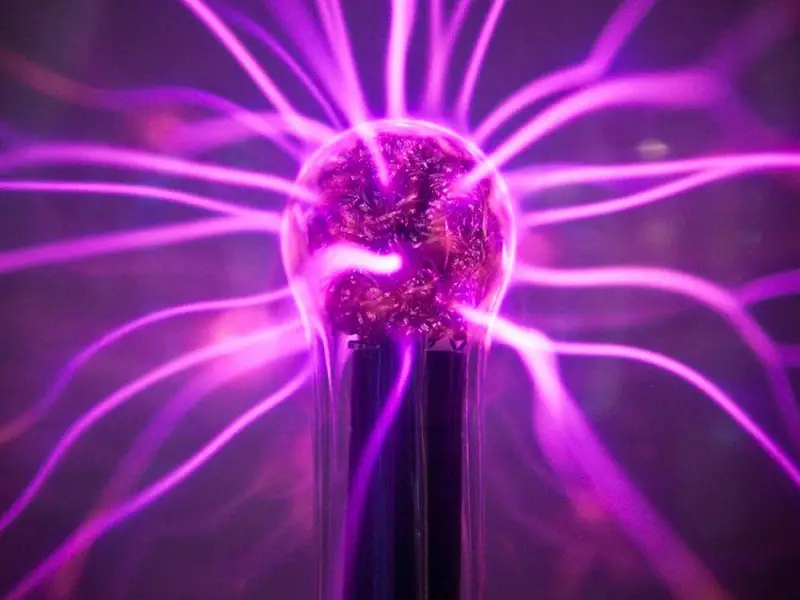It is relatively easy to find scientific, rigorous, and mathematical definitions of entropy and exergy. However, it is not so common to find colloquial explanations about these terms, which is possibly why they are unknown to most people. In this article, we will try to explain why these concepts are important, and what influence they have on engineering and everyday life.
First, we define entropy as a thermodynamic quantity that determines the part of a system’s energy that cannot be used to perform work. On the other hand, exergy is a complementary term that indicates the part that can be used to perform work. These two concepts express a reality, which is that given an energy source, not all the available energy can be converted into work.
This introduces what could be called the “quality” of energy. Given two fluids, the one with a higher temperature has greater exergy, and therefore, is capable of performing more work. Imagine a house by a lake, with an ambient temperature of 15°C, and the temperature of the lake at 16°C. Although, as a whole, the lake has a huge amount of energy, due to the small thermal jump, it has little exergy. Thus, if I want to heat myself, I will use a hot water bag at 60°C, even though in reality the bag contains less energy than the lake.
Another example is in electrical energy, which is almost entirely exergy. This is why electric resistances should never be used to heat a fluid, or as a heating system. The correct way is to use this electrical energy, with high exergy, to do work (move a motor, a compressor…) and use the cooling water for heat generation. This is one of the principles of cogeneration.
Finally, let’s give an example in solar energy. In a solar thermal utilization installation, a solar collector can generate around 700 W/m2 of fluid at 100-110°C. However, a photovoltaic panel of the same surface area would deliver approximately 150 W/m2. Apparently, it has much worse performance. The difference is that the latter are electrical watts, that is, of very high exergy. If we now take this electrical energy and use it to operate a heat pump (which typically has an EER between 4 - 4.5), we would have similar efficiencies as in the case of a solar collector.
